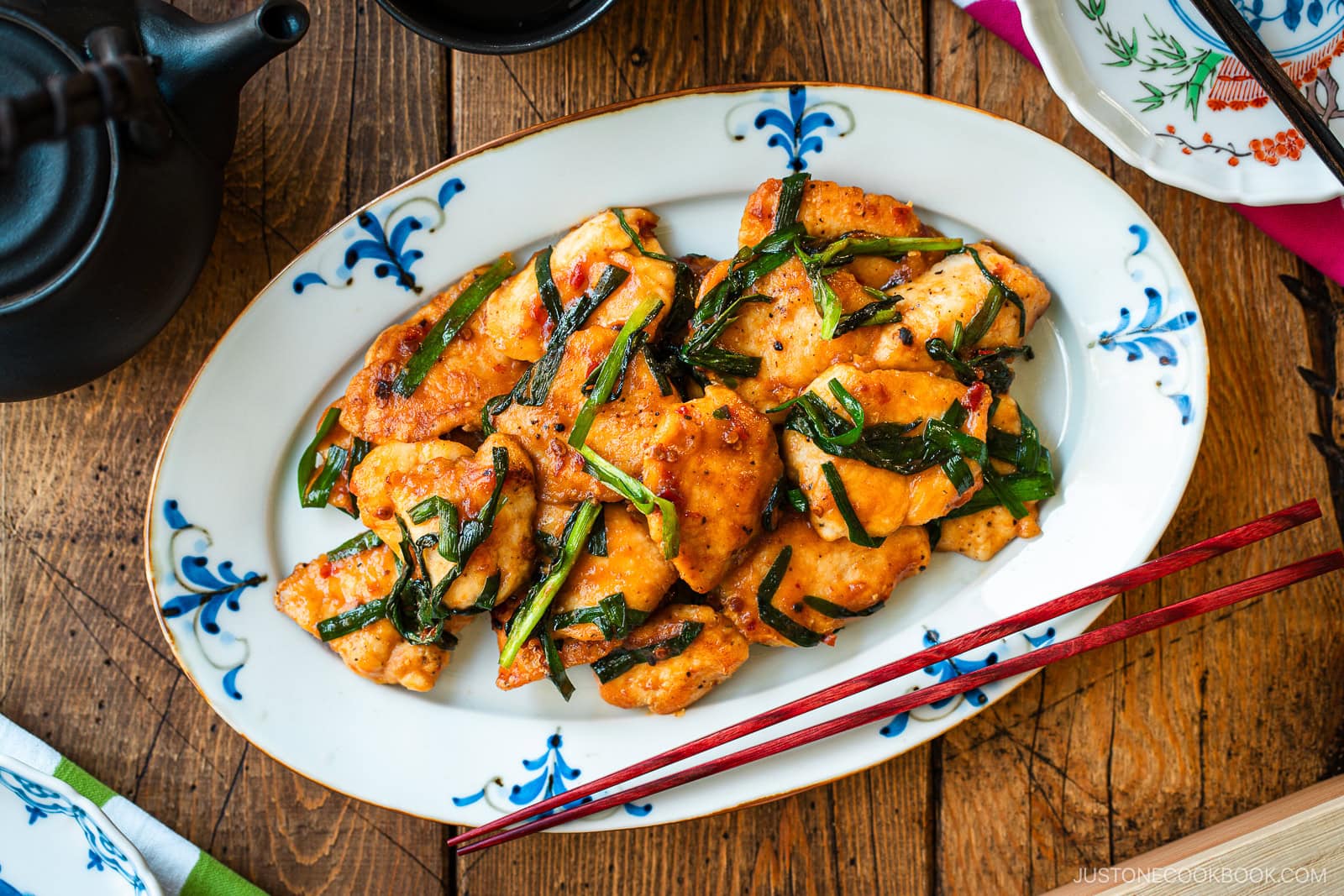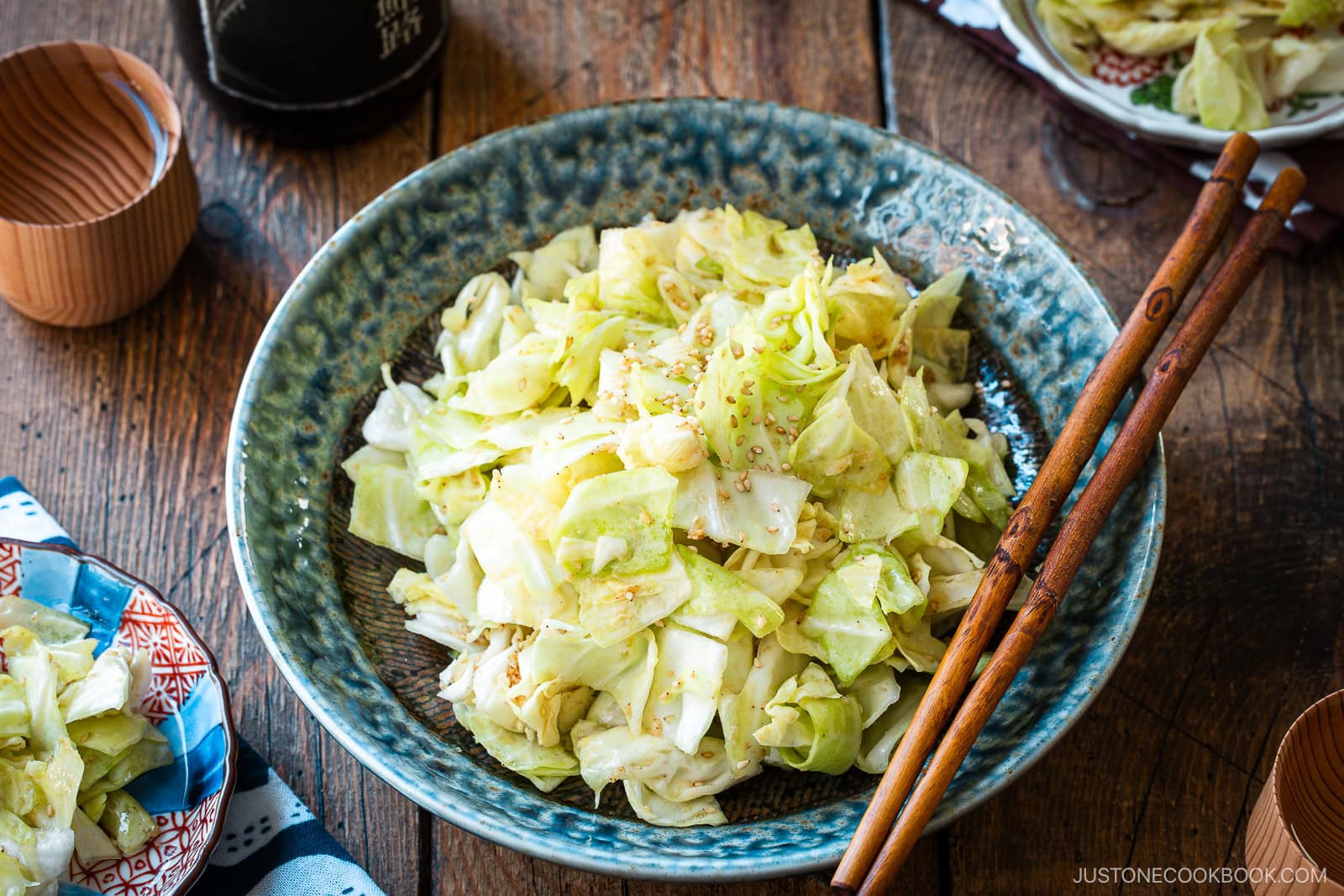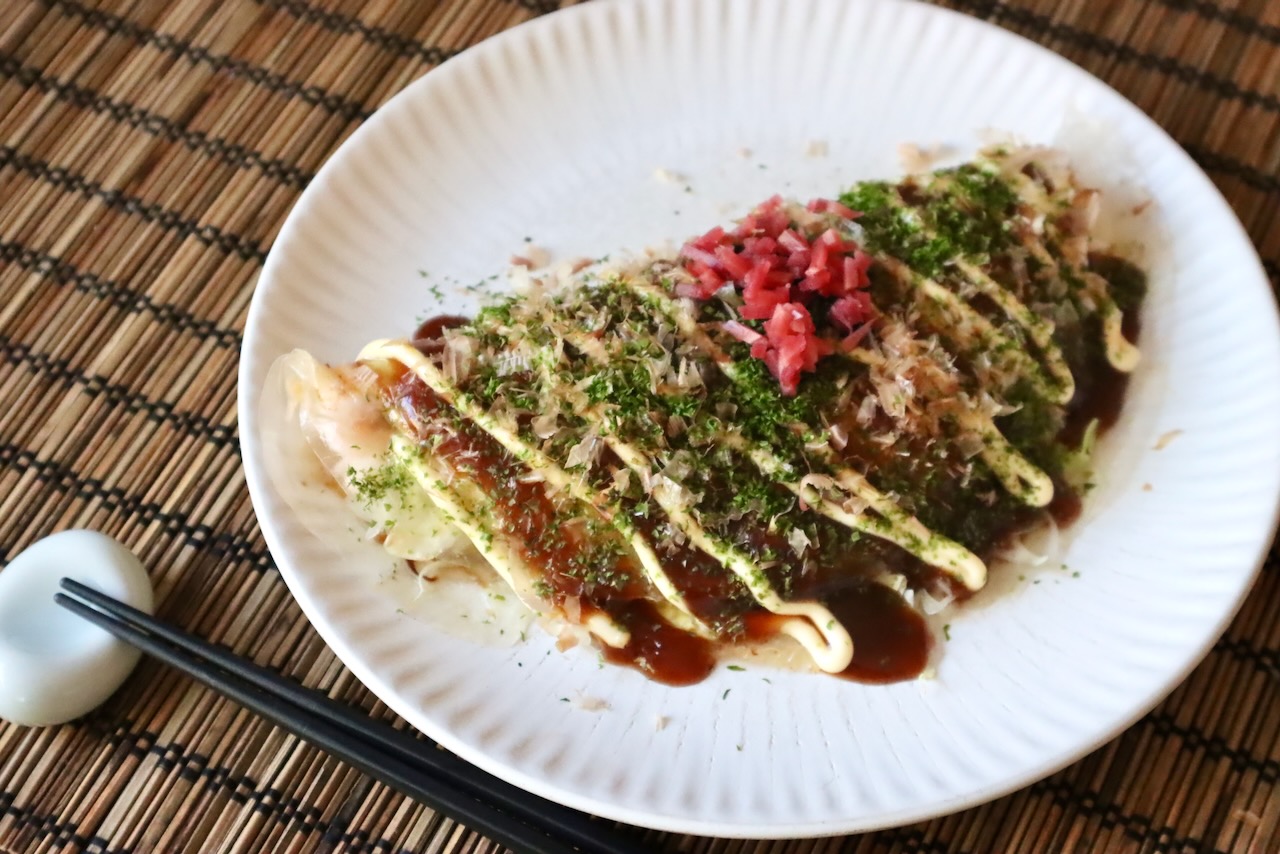Transform chicken breast into a savory, sweet, and spicy dish with my Chicken Stir-fry featuring Garlic Chives. Seared to lock in the juices and enhanced with a simple mix-and-pour sauce, this lean protein recipe is bound to become your new favorite for dining at home.
If you’re like me, you prefer to prepare light and healthy meals when dining in. For a quick and delightful way to cook lean chicken breast, try my flavorful Chicken Stir-Fry with Garlic Chives. I’ll share my technique to ensure the chicken remains juicy and tender, along with a balanced sauce that’s savory, sweet, and just a touch spicy.
Looking for more chicken recipes? Consider trying my Baked Chicken Katsu, Chicken Teriyaki, and Butter Shoyu Chicken!
Why I Love This Recipe
- Incredibly easy to make – Simply slice the chicken breast, dust it with flour, stir-fry with the chives, and add the sauce. This straightforward dish can be prepared in just 20 minutes, making it perfect for any weeknight.
- A quick sauce that hits all the right notes – It’s savory, sweet, salty, and slightly spicy. Despite the complex flavors, it’s incredibly easy to prepare—just mix and pour.
- A great way to cook chicken breast – My method seals in the juices and cooks this lean protein evenly, ensuring it stays tender and flavorful.
Ingredients for Chicken Stir-fry with Garlic Chives
- Chicken breast
- Garlic chives – also known as nira in Japanese or Chinese chives
- All-purpose flour
- Kosher salt and ground black pepper – or use white pepper powder
- Toasted sesame oil – for cooking
- Sauce
- Sake
- Mirin
- Miso – any type
- Soy sauce
- Honey
- Doubanjiang – spicy chili bean paste
Find the printable recipe with measurements below.
Substitutions
- Chicken breast – Skinless chicken thighs can be used as a substitute. They may require a longer cooking time, so adjust accordingly.
- Garlic chives – If unavailable, you can use other aromatics like green onions or scallions.
- Miso – Any type can be used. The most common varieties found in Japanese grocery stores are white miso, red miso, and awase miso. I prefer additive-free red koji miso from Hikari Miso, which can be found online.
- Mirin – For every tablespoon of mirin, substitute with one tablespoon of sake (or water) plus one teaspoon of sugar. While the flavor may differ slightly, it will be close.
- Sake – In a pinch, you can use Chinese rice wine, dry sherry, or water as substitutes.
- Doubanjiang – You can skip or reduce it to match your spice preference. I personally use Taiwanese brands Lian How or Ming De, which offer both mild and spicy versions. For a milder heat level, I blend them together. Spicy Sichuan doubanjiang is also available online or at Asian markets. Other spicy alternatives include gochujang (Korean chili paste) and sriracha. For gluten-free options, use gluten-free doubanjiang.
How to Make Chicken Stir-fry with Garlic Chives
Preparation
Step 1 – Mix the sauce. In a small bowl, combine the sake, mirin, miso, soy sauce, honey, and chili bean paste. Stir until the miso is dissolved.
Step 2 – Cut the garlic chives and chicken. Slice the nira into short pieces and cut the chicken breast into flat, bite-sized pieces of equal thickness.
Step 3 – Season and dredge. Season both sides of the chicken with salt and pepper, then lightly coat it in flour.
Cooking
Step 4 – Sear. Heat sesame oil in a hot frying pan or wok over medium heat. Sear the chicken in two batches until golden brown on both sides.
Step 5 – Stir-fry. Add the chives to the pan with the chicken and toss to combine. Pour in the sauce and quickly coat the ingredients before the sauce thickens.
Step 6 – Serve. Transfer the stir-fry to a serving plate and enjoy!
Nami’s Recipe Tips
- Cut the chicken pieces the same thickness – This ensures even cooking. I use the sogigiri technique, slicing at a slanted angle to create thinner, flatter pieces.
- Dredge the chicken lightly – A light dusting of flour helps lock in flavor and moisture. Shake off excess flour to prevent a cloudy sauce.
- Sear until golden brown – Allow the chicken to fry undisturbed until golden, then flip to seal in juices and enhance flavor.
- Don’t crowd the pan – Space the chicken pieces to ensure proper air circulation and browning. Sear in batches if necessary.
- Don’t overcook it – The chicken should be fully cooked after searing, requiring only a brief toss with the chives and sauce at the end.
Variations and Customizations
- Add garlic and ginger. Enhance the flavor by including sliced garlic and/or minced ginger in the sauce.
- Toss in other vegetables. Add veggies like bean sprouts, bell peppers, zucchini, eggplant, snow peas, mushrooms, or onions for extra nutrition.
- Swap pork or beef. Use tender cuts of meat, sliced thinly to ensure even cooking.
- Make it vegan/vegetarian. Substitute chicken with cubed tofu for a plant-based option.
What to Serve with Chicken Stir-fry
Storage Tips
To store: Leftovers can be kept in an airtight container and stored in the refrigerator for up to 3 days.
Frequently Asked Questions
No. The flour coating on the chicken naturally thickens the sauce.




